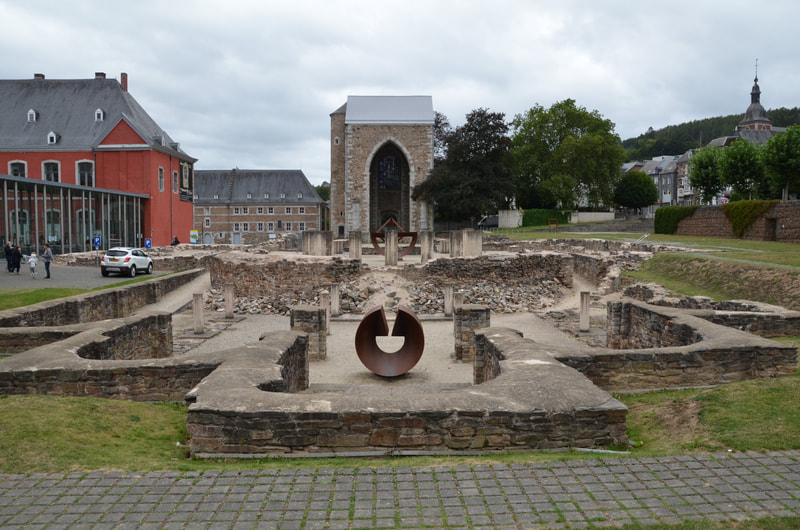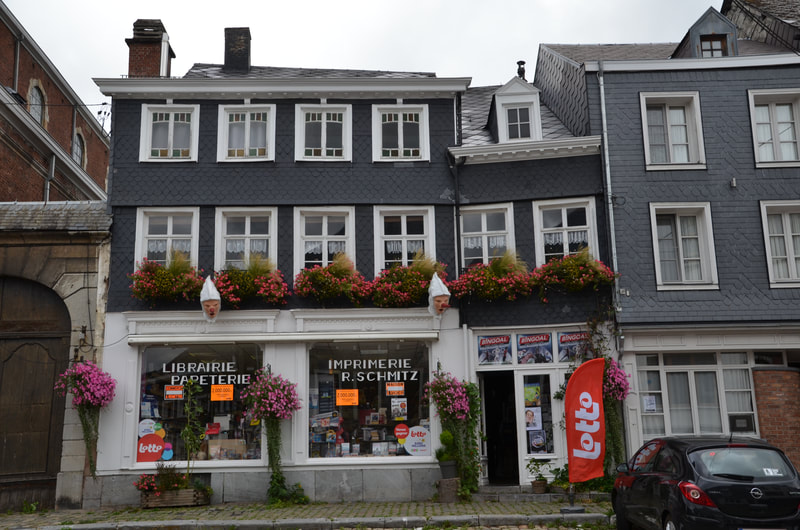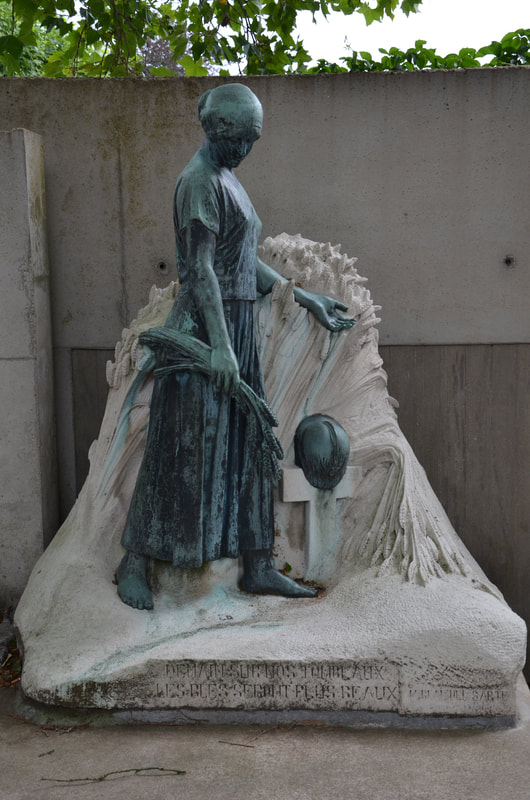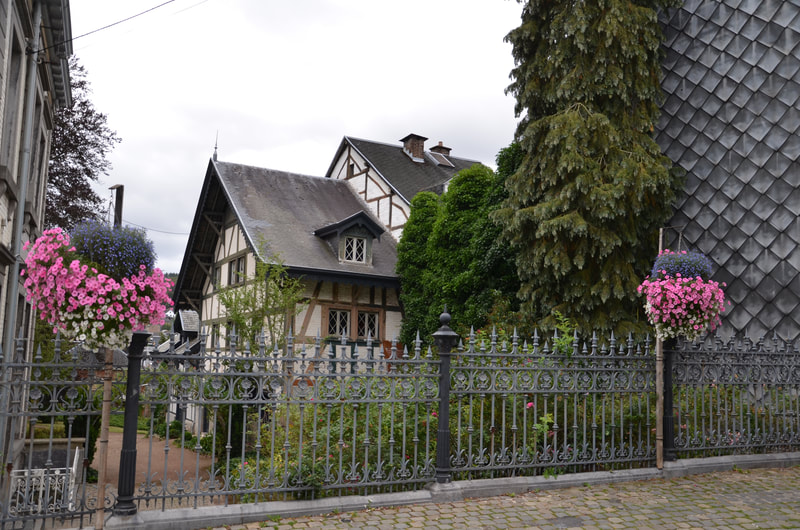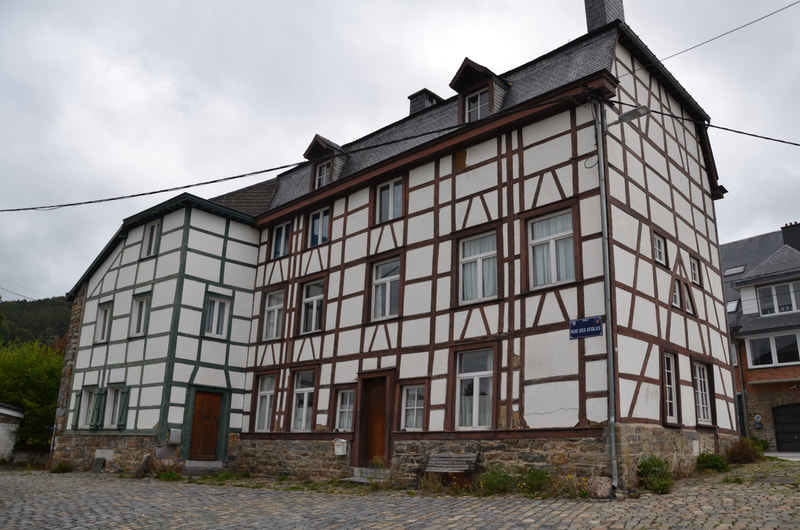Stavelot
It is one of the oldest cities in Belgium, located in the heart of the High Ardennes region. Founded in 648 by Saint Remaclus, a monk from Limoges. For over a thousand years, the city, growing around the abbey, maintained its independence. At that time, Stavelot-Malmedy Abbey was an important spiritual and political center. Unfortunately, the glory years passed after the French Revolution, which contributed to the secularization and destruction of the monastery. Today, the city's greatest attractions are the magnificent abbey with three museums, and the Laetare Carnival. Fans of active leisure will find many cycling, hiking and horse riding routes in the nearby forests. All information, including maps, is available at the tourist information office. There is a canoeing center and an amusement park in the nearby village of Coo.
Stavelot Abbey
A place inscribed on the List of Unique Heritage in Wallonia. Founded in the 7th century by Saint Remaclus, it became a spiritual and political center for ten centuries. After the destruction during the French Revolution, the abbey was demolished. Today, only the western entrance, in the form of a huge tower, remains of the church. Thanks to the exposed foundations of the 11th-century abbey church, you can admire its dimensions. The remaining buildings come from the 18th century. The preserved stone and brick buildings had a secular character, while the buildings belonging to monks now house a museum.
Spa-Francorchamps Race Track Museum
Muzeum skryte w pięknych podziemiach opactwa Stavelot odtwarza wspaniałą historię legendarnego toru wyścigowego. Prezentacja oryginalnych dokumentów, wizualnych paneli, a przede wszystkim nieustannie odnawiana kolekcja wyjątkowych samochodów wyścigowych, startujących na tym torze, wprowadza zwiedzających w świat Formuły 1, oraz kultowych wyścigów 24-godzinnych. Muzeum otwarto w 1984 roku. Od 2002 roku jest częścią kompleksu muzealnego, mieszczącego się w opactwie Stavelot, w którego skład wchodzą również Muzeum Księstwa, oraz Muzeum poety Guillaume Apollonaire.
|
Address:
Cour de l'Abbaye 1 4970 Stavelot |
Opening hours:
Codziennie: 10.00-18.00 |
Ticket price:
10 Euro |
Church of Saint Sebastian
The temple was built of stone and brick in 1754, at the end of the 20th century, it underwent a major renovation. Inside, there are some interesting monuments. The most valuable is undoubtedly the magnificent reliquary, a masterpiece of Mosan goldsmiths from the 13th century, hiding the relics of Saint Remaclus. In addition, wooden sculptures, a pulpit and an organ made by Korfmacher in 1841 are also worth noting.
Stavelot streets
Stavelot is a small town, so all the interesting streets are located around the market square. During the walk, visitors will see interesting old tenement houses, fountains and war memorials. Some were created in memory of the inhabitants of Stavelot killed during World War II, others as an expression of gratitude to the soldiers liberating the city. An attentive observer, walking through the stone streets of the old town, will see posters depicting wolves in many places. This animals used to be numerous in the Ardennes forests.
Legend has it that to help Saint Remaclus build the monastery, he was equipped with a donkey that served as a pack animal. During one of his trips to the quarry, a donkey was attacked by a wolf whom Saint Remaklus had condemned to carry stones needed to build a temple. Hence the presence of a wolf in the coat of arms of the abbey, as well as in the coat of arms of Stavelot. Sculptures depicting a wolf can also be seen on the fountain standing in the square.
Laetare Carnival
Centrum miasta stanowi pochyły brukowany Rynek Świętego Remaklusa. To tutaj, w czwartą niedzielę Wielkiego Postu, odbywają się główne obchody Karnawału, którego największą atrakcją jest pochód Blancs Moussis. Przez kilka stuleci Stavelot było stolicą Księstwa-Opactwa Stavelot-Malmedy. Jak głosi legenda ówczesny Książe-Opat zabronił swoim klerykom udziału w świeckich uroczystościach. W 1502 roku mieszkańcy w reakcji na zakaz stworzyli białe kostiumy z kapturem, nawiązujące dyskretnie do mnisich habitów. Ostatecznie Książe-Opat Wilhelm von Manderscheid-Kail zaakceptował kostiumy, do których mieszkańcy dodali maskę z bardzo długim, czerwonym i szpiczastym nosem. Pochód Blancs Moussis od ponad pięciu wieków stanowi symbol walońskiego folkloru, a jego uczestnicy są często zapraszani jako goście specjalni na karnawały w Kolonii, Saint-Quentin i innych miastach.


